California’s mountain lions face a deadly journey every time they attempt to cross the state’s busy highways. These magnificent cats, which need vast territories to survive, find themselves trapped in habitat islands surrounded by concrete barriers and speeding traffic. Yet innovative solutions are emerging across the Golden State, offering hope for these isolated populations.
The crisis is real and urgent. Scientists estimate that a new mountain lion crosses into the Santa Monica Mountains once every 12 years, when they need one every 2-3 years to prevent population collapse, and the mountain lion population could vanish from the area within our lifetime. These engineering marvels and conservation strategies represent the difference between extinction and survival for California’s iconic big cats.
The World’s Largest Wildlife Crossing Takes Shape
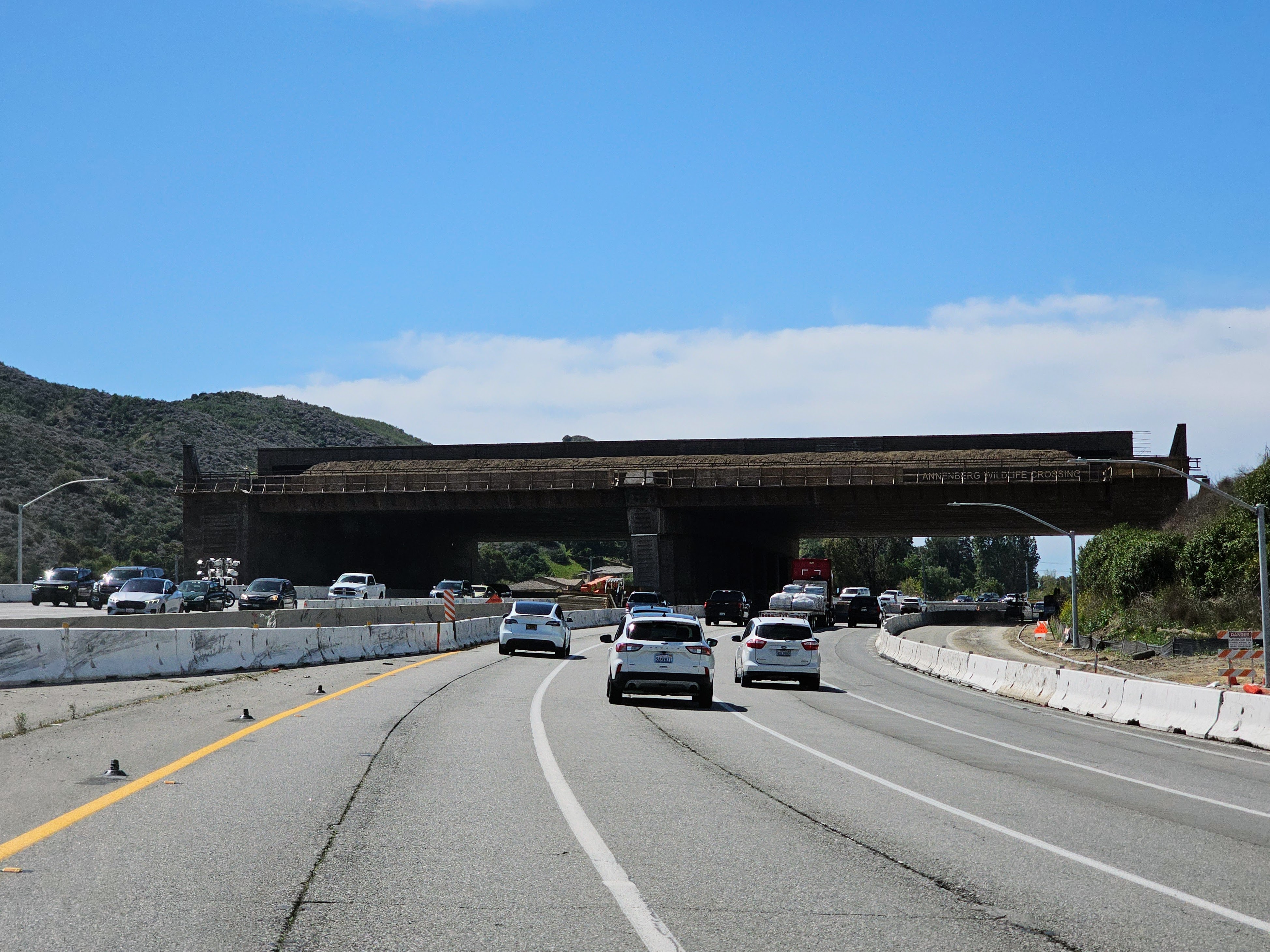
The Wallis Annenberg Wildlife Crossing outside Los Angeles is anticipated to open by early 2026, and upon completion is expected to be the world’s largest wildlife crossing. This groundbreaking project spans ten lanes of Highway 101 near Agoura Hills, creating a living bridge that will reconnect fragmented ecosystems.
California’s $92 million wildlife passageway is finally taking shape, designed to offer animals safe passage over the busy 101 Freeway in Agoura Hills, California. The bridge stretches 200 feet long and 165 feet wide, featuring native vegetation and sound barriers to shield nocturnal animals from traffic noise and light. Construction crews have already installed more than half of the 82 massive concrete beams that form the crossing’s foundation.
Strategic Fencing Systems Guide Animals to Safety
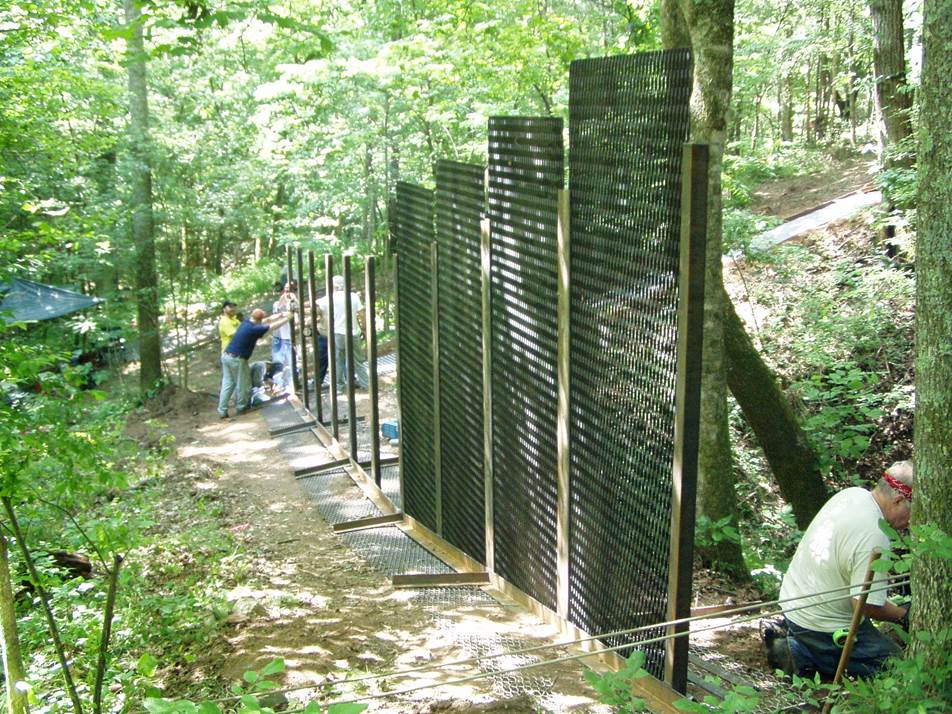
Wildlife fencing serves as the invisible hand guiding animals toward safe crossing points. These systems include the placement of exclusion and directional fencing, and the construction of wildlife-friendly underpasses, overpasses, culverts, and elevated sections of road in key wildlife connectivity areas. The fencing doesn’t trap animals; instead, it creates natural pathways that funnel them toward designated crossing structures.
Wildlife fencing is the most effective and preferred method to guide wildlife to the structure and prevent intrusions onto the right-of-way, encouraging use of structure by using fencing, rock walls, or other barriers along road to direct wildlife into underpass. These systems require regular maintenance, with inspections recommended twice yearly to ensure optimal performance. The strategic placement of these barriers can reduce wildlife-vehicle collisions by up to 98 percent in areas where they’re properly implemented.
Enhanced Culvert Systems Create Underground Highways
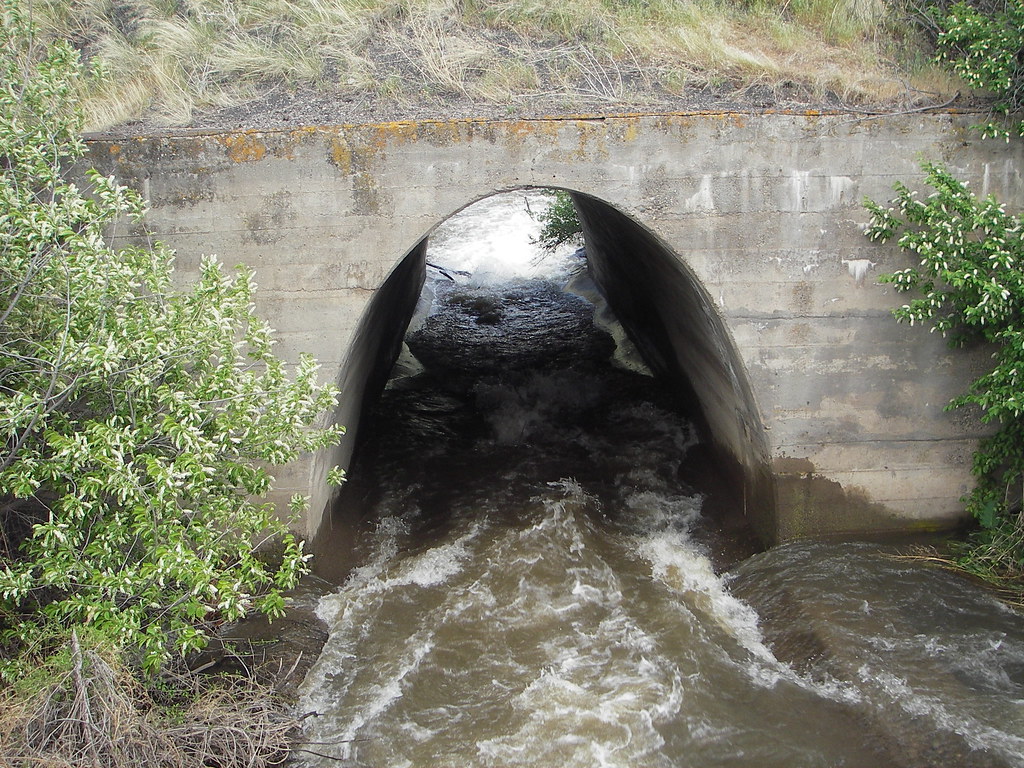
California’s existing drainage infrastructure offers unexpected opportunities for wildlife movement. The discovery of just how often animals use culverts has given scientists, conservationists and engineers the perfect opportunity to further advance wildlife connectivity by designing culverts with animals in mind, though one size does not fit all with a number of design considerations at play.
Wildlife-friendly features such as dry ledges or dry walkways can improve the drainage culvert’s ability to move both water and wildlife, and dry ledges should be installed in existing drainage culverts to better allow small and medium-sized mammals to safely cross under roads. These modifications transform ordinary water management structures into lifelines for countless species. Research shows that proper culvert design considers factors like lighting, substrate materials, and moisture levels to accommodate different animal preferences.
Overpass Bridges Restore Natural Movement Patterns
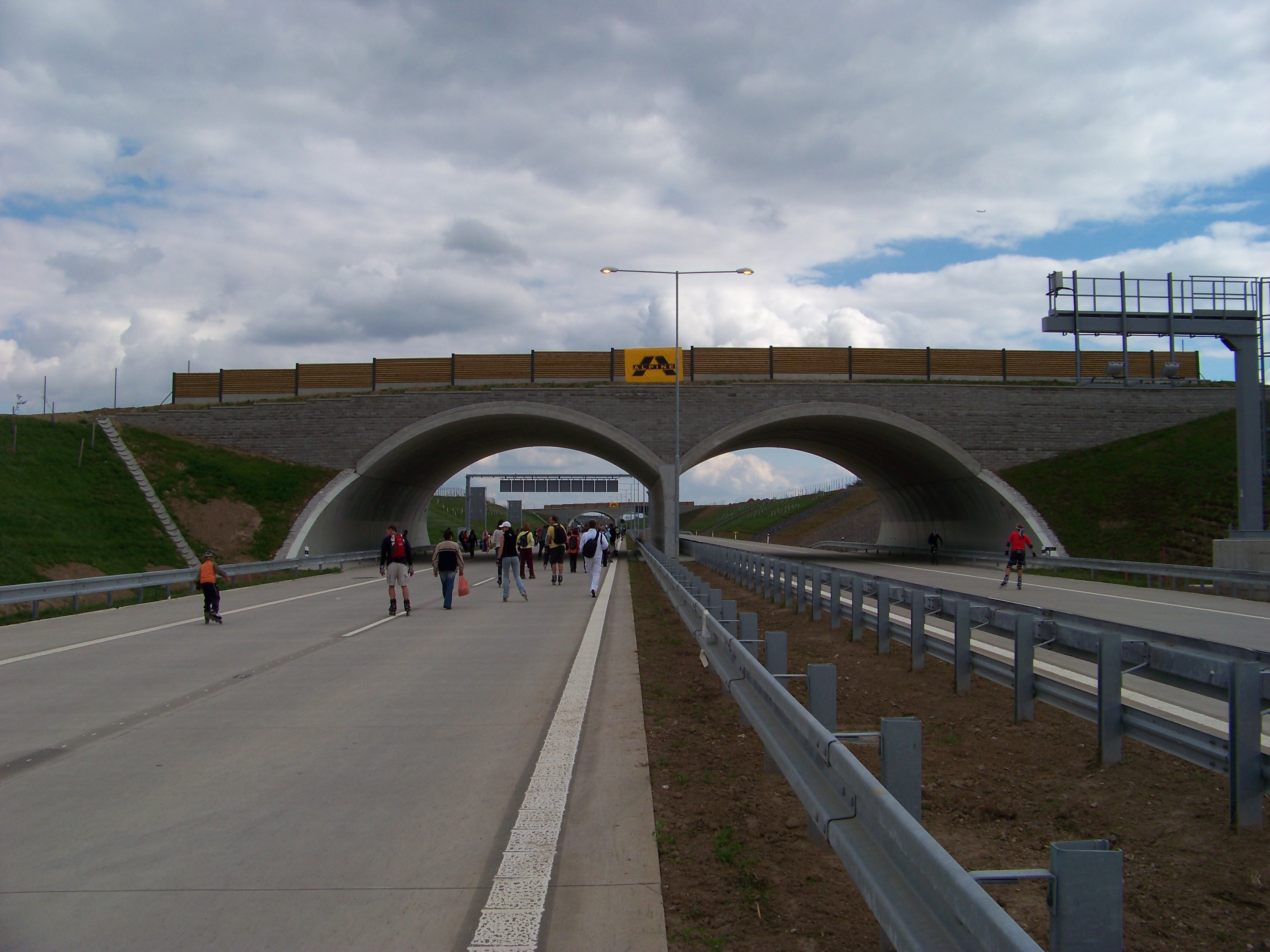
Wildlife overpasses represent the gold standard for large mammal crossings. Mountain lions prefer overpasses, while a desire to protect them from extinction has led to the years-long push to build the Liberty Canyon Wildlife Crossing. These elevated structures allow animals to cross highways while maintaining their natural movement patterns above the traffic flow.
To encourage use by wildlife, the bridge will have lush but drought-tolerant vegetation with matte materials to deflect bright headlights and insulation to quiet the roar of cars, with fencing at each end to help funnel them onto the crossing. The design philosophy emphasizes creating natural habitat continuity, making animals feel as if they’re simply walking through an extension of their territory rather than crossing a human-made structure.
Advanced Technology and Monitoring Systems
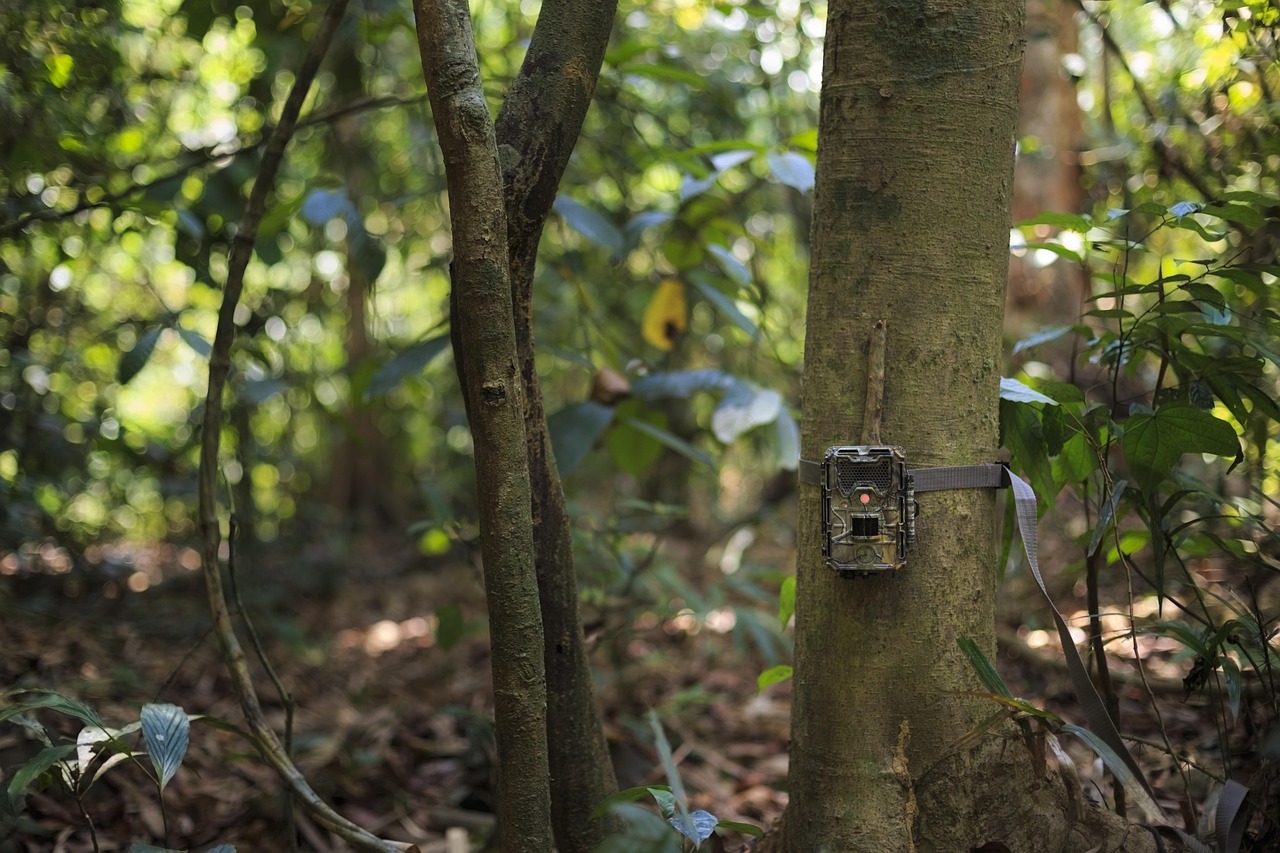
Modern wildlife crossings incorporate sophisticated monitoring and safety technologies. Advanced technology is used to improve the safety of wildlife crossing transportation infrastructure, including motion-activated cameras, automated wildlife detection systems, and GPS tracking capabilities that help researchers understand animal behavior patterns.
Wildlife crossings are equipped with wildlife game cameras throughout to monitor usage, with cameras placed at openings and in the middle to track which animals are using them. This data collection proves invaluable for optimizing crossing designs and demonstrating their effectiveness. The monitoring reveals surprising diversity in usage, with everything from large predators to small amphibians utilizing these passages.
Habitat Restoration and Connectivity Enhancement

Successful wildlife crossings extend far beyond the structures themselves. Landscaping of the nearly 1-acre bridge includes 12 acres of habitat restoration in the area, partially needed because the 2018 Woolsey Fire burned through the wildlife corridor. These restoration efforts create seamless transitions between natural habitat and crossing structures.
The restoration is partially needed because the 2018 Woolsey Fire burned through the wildlife corridor as it was pushed by strong Santa Ana winds in a southerly direction, and crossed the freeway in this area. The comprehensive approach includes removing invasive species, replanting native vegetation, and creating buffer zones that extend the ecological benefits of the crossings into surrounding landscapes. This holistic strategy ensures that wildlife crossings function as integral parts of larger habitat networks.
Legislative Framework Driving Statewide Implementation
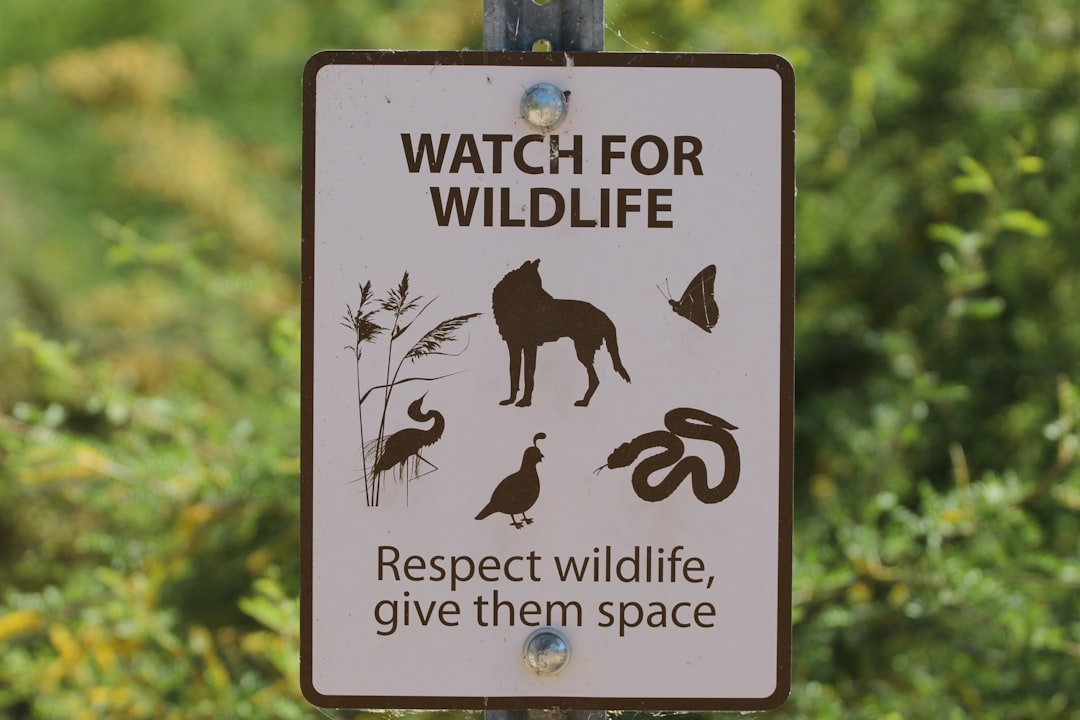
California’s policy landscape increasingly supports wildlife connectivity initiatives. California has become the leading state on this issue, passing more legislation on wildlife habitat connectivity than any other, including the Wildlife Corridor Protection Act in 2017 and the Room to Roam Act in 2024. This legislative foundation provides the regulatory structure needed for systematic implementation across the state.
The Wildlife Traffic Safety Act established a statewide roadkill reporting system that helps state agencies identify roadkill hotspot areas and determine where wildlife crossings or fencing are most needed, while the Room to Roam Act simplifies the permitting process and requires state agencies to prioritize key wildlife movement corridors. These laws create a comprehensive framework that addresses both immediate safety concerns and long-term conservation goals.
Proven Success Stories and Future Expansion

Evidence from existing projects demonstrates the transformative power of wildlife crossings. Utah saw a 98.5% reduction in deer mortalities when it built two animal underpasses, while in Colorado, wildlife-vehicle collisions dropped by 89% after the state built two bridges to help mule deer and elk safely cross a highway. These success stories provide the template for California’s expanding network of wildlife infrastructure.
Canada’s Banff National Park is an example of the success of wildlife crossings, with more than three dozen overpasses and underpasses for animals resulting in more than an 80 percent decrease in accidents between vehicles and wildlife. California’s investment in wildlife crossings represents more than environmental protection; it’s a commitment to coexistence that benefits both human safety and wildlife conservation. As these solutions expand across the state, they offer a model for how advanced engineering can heal the ecological wounds created by human development.
Conclusion
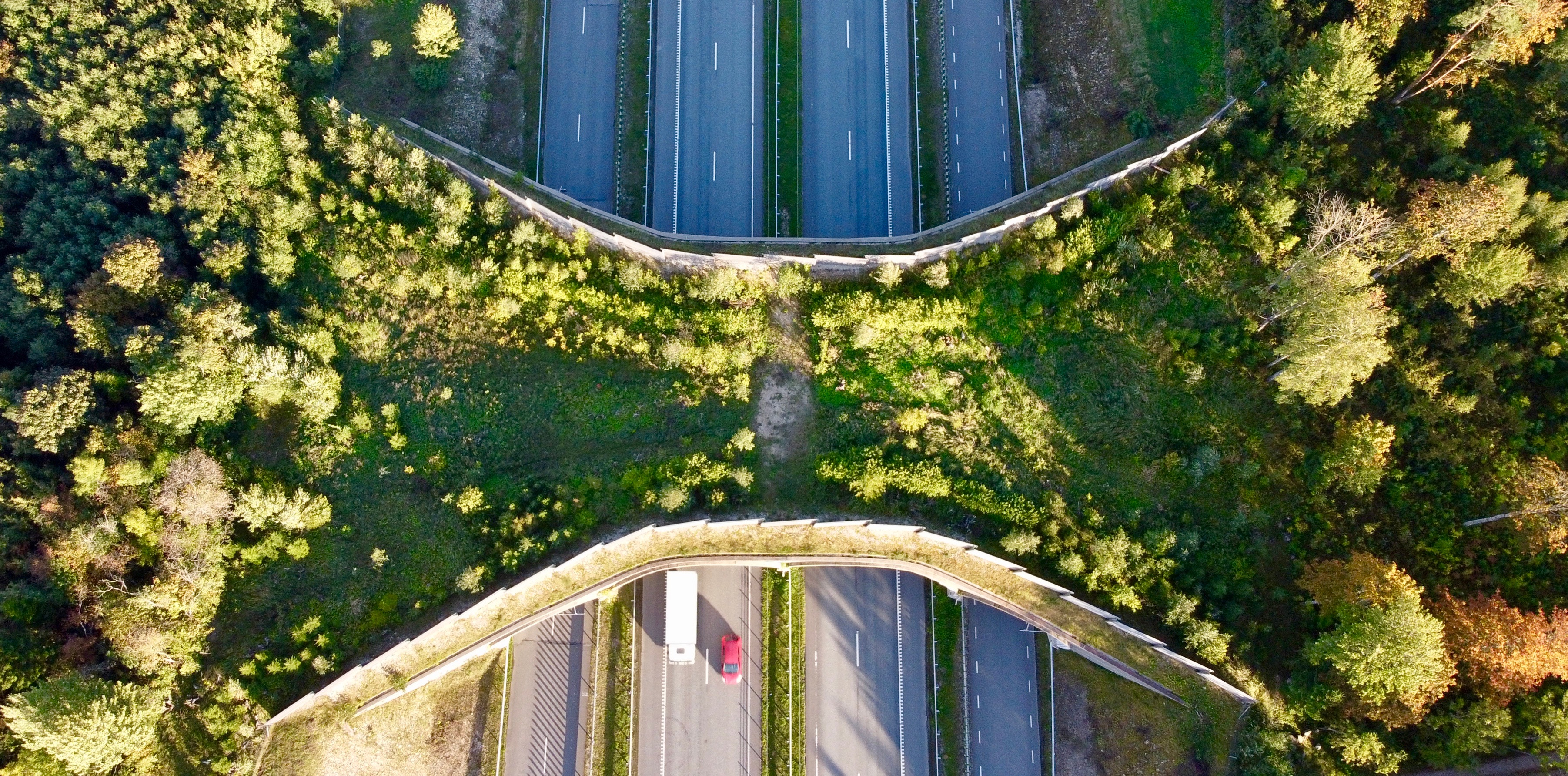
California’s comprehensive approach to wildlife crossing infrastructure represents a paradigm shift in how we think about transportation and conservation. From the monumental Wallis Annenberg Wildlife Crossing to innovative culvert modifications, these seven solutions demonstrate that coexistence between human infrastructure and wildlife movement is not just possible, but achievable at scale.
The success of these initiatives depends on continued collaboration between engineers, conservationists, policymakers, and communities committed to preserving California’s natural heritage. As mountain lions begin using these new pathways to find mates and expand their territories, they’ll serve as living proof that thoughtful design can bridge the gap between human progress and wildlife survival. What do you think about these innovative approaches to wildlife conservation? Have you witnessed the impact of habitat fragmentation in your area?

Hi, I’m Andrew, and I come from India. Experienced content specialist with a passion for writing. My forte includes health and wellness, Travel, Animals, and Nature. A nature nomad, I am obsessed with mountains and love high-altitude trekking. I have been on several Himalayan treks in India including the Everest Base Camp in Nepal, a profound experience.




